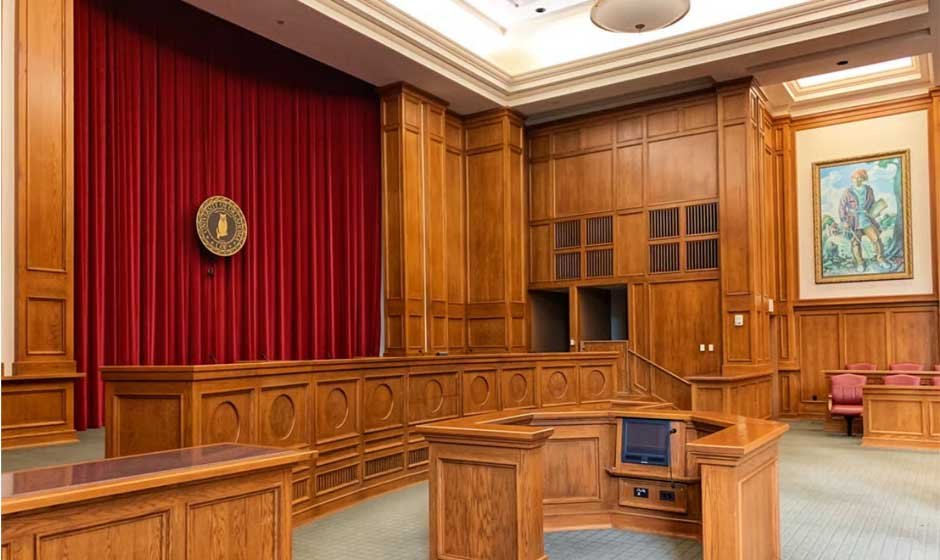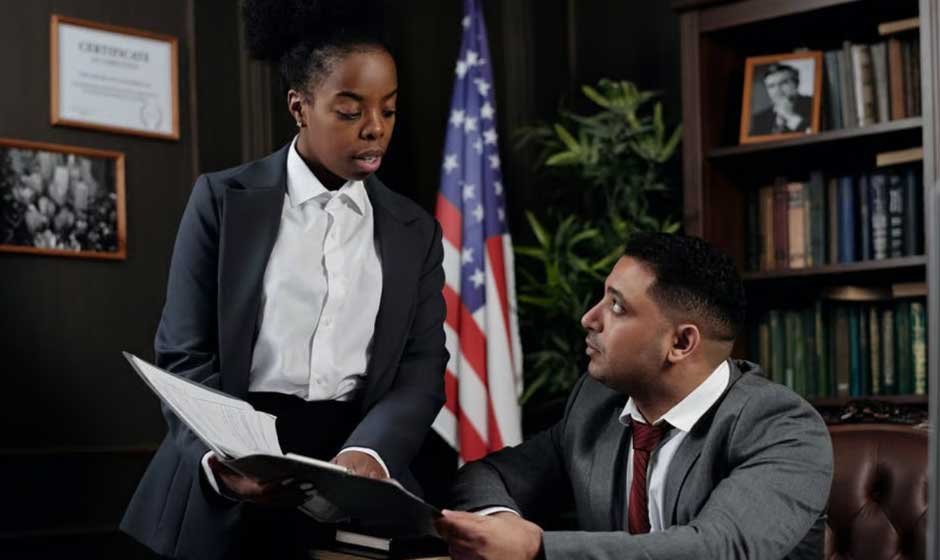Communication is more than words alone, especially in courtrooms. With the attention spans of jurors stretched thin by the demands of modern life, trial attorneys need to find new ways to make their arguments clearer and more memorable. Visual tools, when used effectively, can elevate a case by making complex evidence easier to understand. These tools serve as a bridge between technical details and the layperson’s perspective.
While the power of language should never be underestimated, a well-placed graphic can help drive home the main message in a way that sticks with jurors long after the closing statements. Below are several benefits of incorporating visual aids during litigation and how they can strengthen your overall courtroom strategy.
Clarifying Complicated Concepts
Many legal cases involve technical or detailed content that can be difficult to communicate verbally. Whether you’re dealing with medical records, financial statements, engineering diagrams, or time sequences, visual graphics can distill intricate data into a form that’s easier to grasp.
For example, in a personal injury case involving a vehicle accident, a diagram illustrating the point of impact, driver angles, and road layout can explain far more than words alone. In patent litigation, detailed schematics can help jurors understand how a device works or how it may have been allegedly infringed upon. When people see something visually represented, it becomes easier for them to comprehend and remember.
Enhancing Memory Retention
Psychological research consistently shows that people remember visuals more effectively than verbal descriptions. According to studies on memory recall, individuals can retain up to 65% of visual information three days later, compared to just 10% of spoken information.
By introducing timelines, flowcharts, diagrams, or animations, attorneys help jurors retain vital aspects of the case. This is particularly important during long trials, where information may otherwise blur together. A strong visual can serve as an anchor point that jurors return to when deliberating.
Making a Stronger Emotional Impact
Visuals don’t just help explain facts; they can evoke emotions that sway opinions. In cases involving personal injury, loss, or injustice, photos and reconstructions can help jurors connect emotionally with the plaintiff’s experience.
Consider a case involving environmental damage. Photos showing the before-and-after effects on a community or ecosystem are more likely to stir empathy and urgency than verbal testimony alone. Similarly, a visual timeline of a person’s recovery journey following an injury can elicit compassion and reinforce the narrative.
Maintaining Juror Attention
Court proceedings can be lengthy and repetitive. When jurors are forced to process hours of testimony and legal arguments, attention and focus naturally wane. Visuals can re-engage their concentration.
Breaking up the rhythm of speech with clear, relevant graphics helps to reset attention. Just like a good presentation includes compelling slides to keep an audience engaged, visuals in court help maintain juror interest throughout the day.
Supporting Expert Testimony
When experts are called to testify, their explanations can sometimes go over the heads of jurors. Diagrams, graphs, and animations allow the expert to walk the courtroom through technical material step-by-step.
This visual accompaniment adds credibility and gives the jury a tangible reference point. When jurors can see what an expert is describing, they are more likely to understand and trust the information. Visuals also prevent the perception that an expert is speaking “above” the jury.
Establishing a Professional Presentation
A polished presentation reinforces the credibility of the attorney and the seriousness of the case. Thoughtfully designed graphics signal that the legal team is well-prepared and committed to making the argument accessible.
It reflects an investment in the juror’s understanding, which can build trust and rapport. This also creates an impression that the legal team respects the jury’s time and is striving to present information clearly.
Differentiating the Key Points
In complex trials with multiple parties or competing narratives, it becomes difficult for jurors to keep track of who said what and when. Graphics that summarize timelines, organize evidence by theme, or show relationships between people and events can help isolate and emphasize the most important arguments.
Visual tools are especially helpful during closing arguments. Attorneys can return to key graphics introduced earlier in the trial to summarize their case and remind jurors of the logical flow and emotional resonance of the story they’ve built.
Encouraging Juror Consensus
When jurors enter deliberation, having a shared set of visuals can make group discussion more productive. Unlike testimony that may be interpreted differently by each juror, a visual gives everyone a common point of reference.
This can reduce confusion and miscommunication among jurors. When a chart, diagram, or timeline has been referenced several times during the trial, it can be recalled more easily and discussed more thoroughly in the jury room.
Streamlining the Case Presentation
Visual exhibits are most effective when they are tailored to the needs of the case and the comprehension level of the jury. Tools such as charts, diagrams, and animations fall under the category of visual tools for trial attorneys, offering a reliable way to translate complex testimony into clear messaging. This technique supports understanding, boosts credibility, and improves overall case presentation.
Encouraging Juror Confidence in Verdict
Jurors take their responsibilities seriously. When they are presented with clear, consistent visuals, they are more likely to feel confident in their understanding of the facts. This leads to better deliberation and ultimately more considered verdicts.
When jurors feel they have seen the full picture, literally and figuratively, they are less likely to second-guess their decisions later. This sense of confidence and clarity benefits both the jury and the justice system as a whole.

Graphics play an increasingly influential role in modern litigation, serving as powerful aids for clarity, retention, and emotional connection. Whether used to explain complex evidence, reinforce testimony, or engage the jury, visuals enhance every stage of trial presentation. Attorneys who invest in high-quality graphics improve their chances of persuading jurors, simplifying communication, and reinforcing their arguments. In an age where attention is fleeting and clarity is critical, visual support in the courtroom is not just helpful, it’s strategic.










